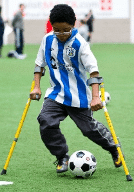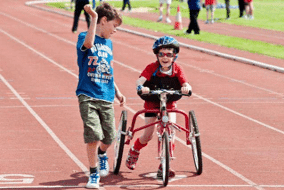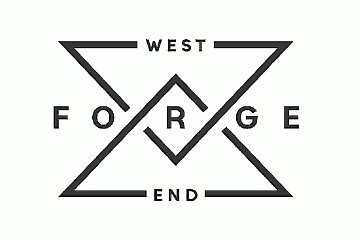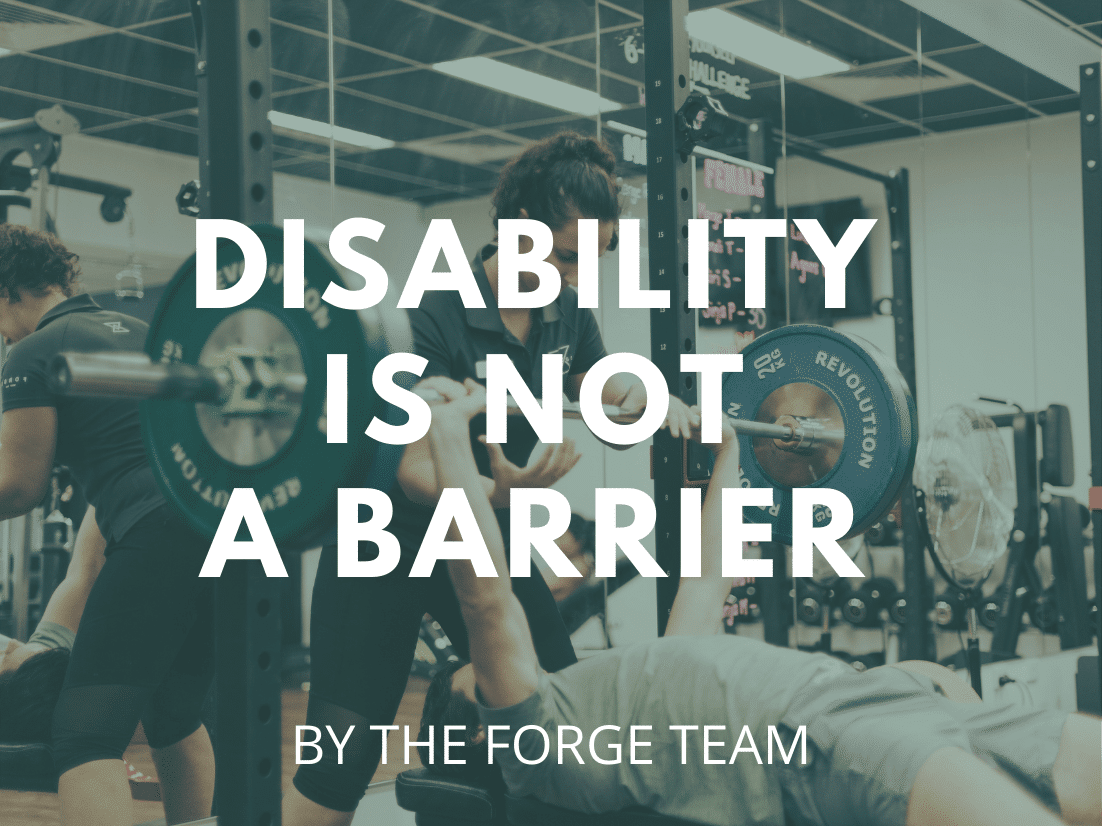Disability is not a barrier
Exercise Therapy for Cerebral Palsy
Clinical Manifestations
Cerbral palsy (CP) is the most common physical disability in childhood worldwide. It is characterized as damage to the developing brain, which affects movement and posture. Approximately 1 in 700 Australian babies is diagnosed with cerebral palsy.

Cerebral palsy is classified by motor type and affected areas. Each individual presents with a different type, severity and distribution of impairment. A method to classify functional abilities and limitations is called the Gross Motor Function Classification System. It includes five levels ranging from least severe (I) to most severe (V). GMFCS I has the ability to walk with minimal limitation and can perform gross motor skills such as running and jumping, but speed, balance and coordination are impaired. Impairment ranges through to GMFCS V have no means of independent mobility and are transported while physical impairment restricts voluntary control of movement.
Management of Cerebral Palsy
As stated above, cerebral palsy is categorised as either spasticity, dyskinesia, ataxia or mixed disorders. The affected area can range from quadriplegia, diplegia or hemiplegia.
Spasticity affects 85% of people in this population. This means muscles are overactive and usually presents with increase muscle tone of upper and lower extremities. Exercise can be implemented to avoid contractures and reduce spasticity by strengthening neural pathways.
Dyskinesia affects 7% of population and means a dysfunction of movement with subcategories such as dystonia, rigidity chorea, ataxia and hypotonia. Presentation involves involuntary, jerky/twisting movements either at rest or with movement. Ataxia affects roughly 6% of population and presents with loss of muscular coordination where movement have abnormal force, rhythm and accuracy.
Due to altered movement control, this population requires more energy expenditure typically through inefficient movement patterns to achieve daily tasks.
Exercise and Cerebral Palsy

Although, cerebral palsy is not a progressive disorder, individuals who are physically inactive are more likely to experience a decline in quality of life. Exercise looks to develop physical capacity and functional ability with goals of increasing engagement within the community. In addition, exercise may reduce the risk of secondary complications such as cardiovascular disease, musculoskeletal injury and loss of bone mineral density.
A main focus includes decreasing amount of sedentary time especially for people who cannot walk independently (check out RaceRunning Australia). Forms of exercise that aid in these goals include aerobic training, resistance training, flexibility, balance and coordination whilst targeting full joint range of motion. Taking into consideration the varying levels of severity with the condition, exercise will be tailored to the individual with a gradual progressive approach.
Cerebral Palsy Management at FORGE
Here at Forge we have trained health professionals with a vast knowledge of treatment options for clients with cerebral palsy.
Whilst the basics remain the same, each patient is assessed individually and prescribed tailored exercise based on their current levels of fitness and abilities. We offer these individualised programs to our patients through personalised sessions, group classes or home/gym prescriptions, whichever is best suited to the patient. Every patient has a different journey and at FORGE we are here to help every step of the way.
Comments are closed.

